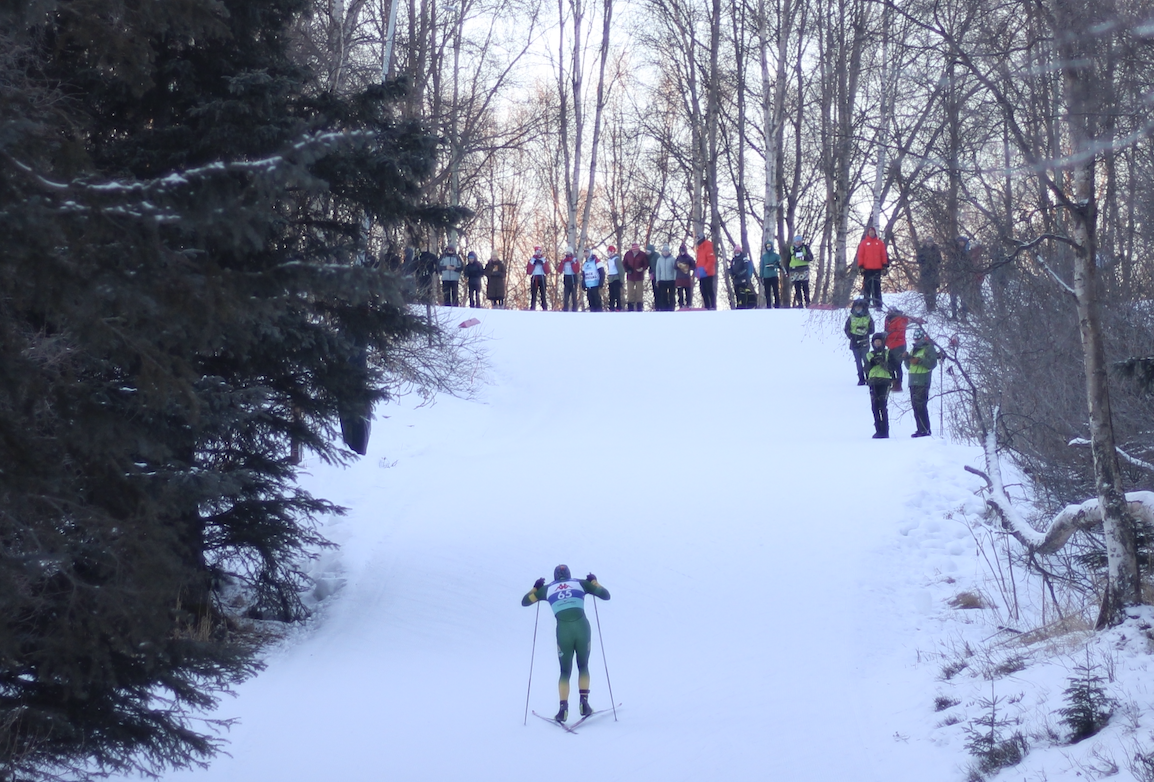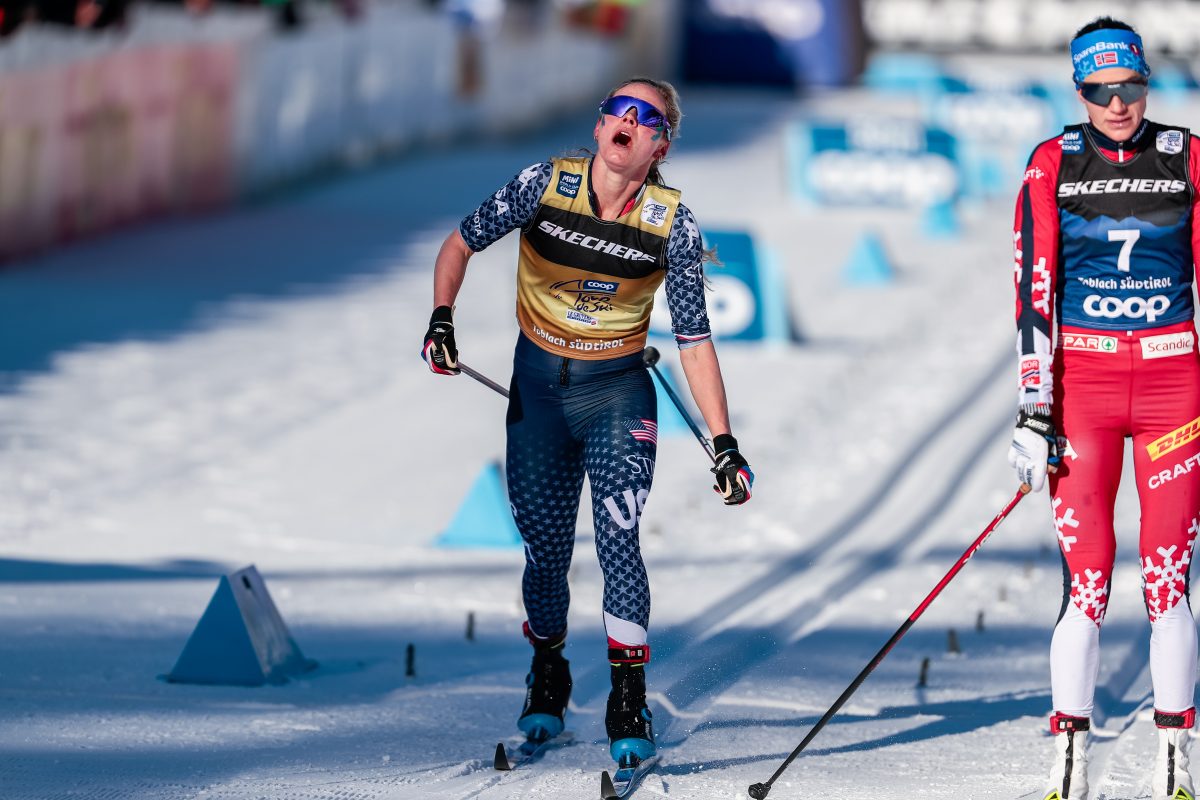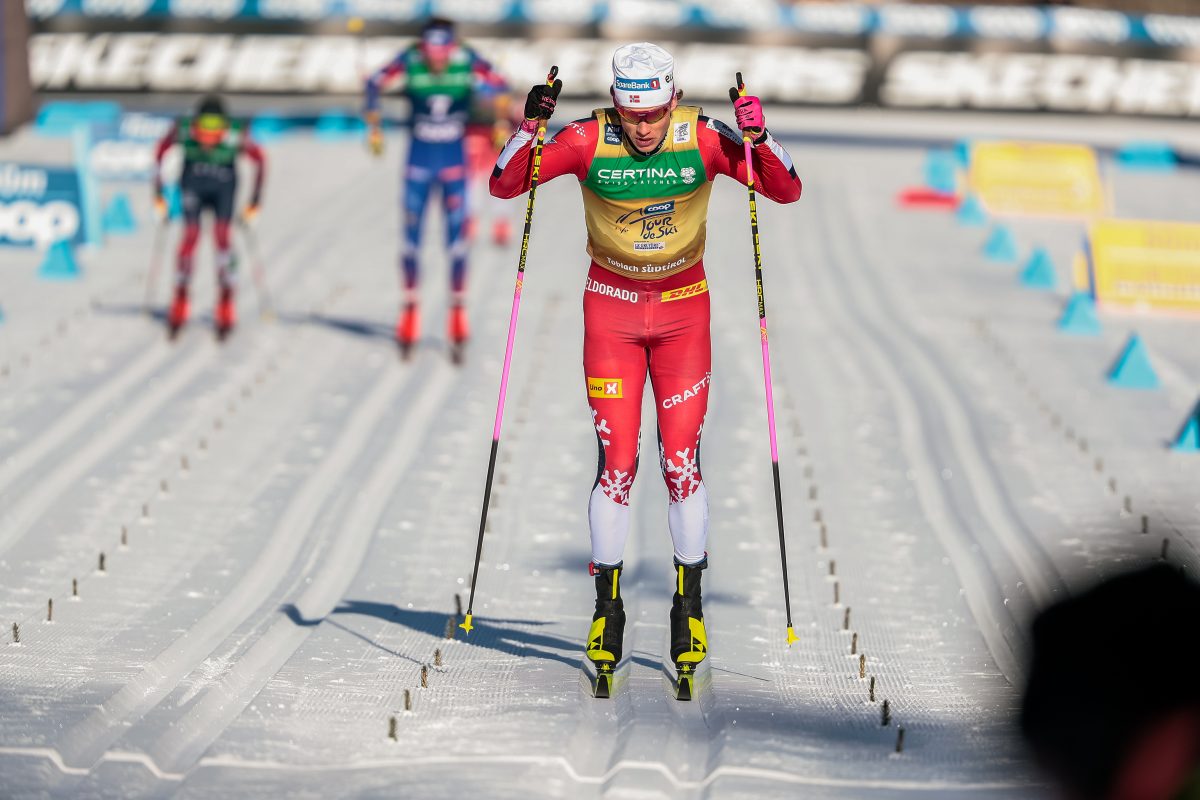This Interview with former Norwegian National Team member Astrid Uhrenholdt Jacobsen comes from Paolo Romanò, a reporter for Fondoitalia.it. The interview was also published on the FIS website. This version of the interview has been lightly edited.
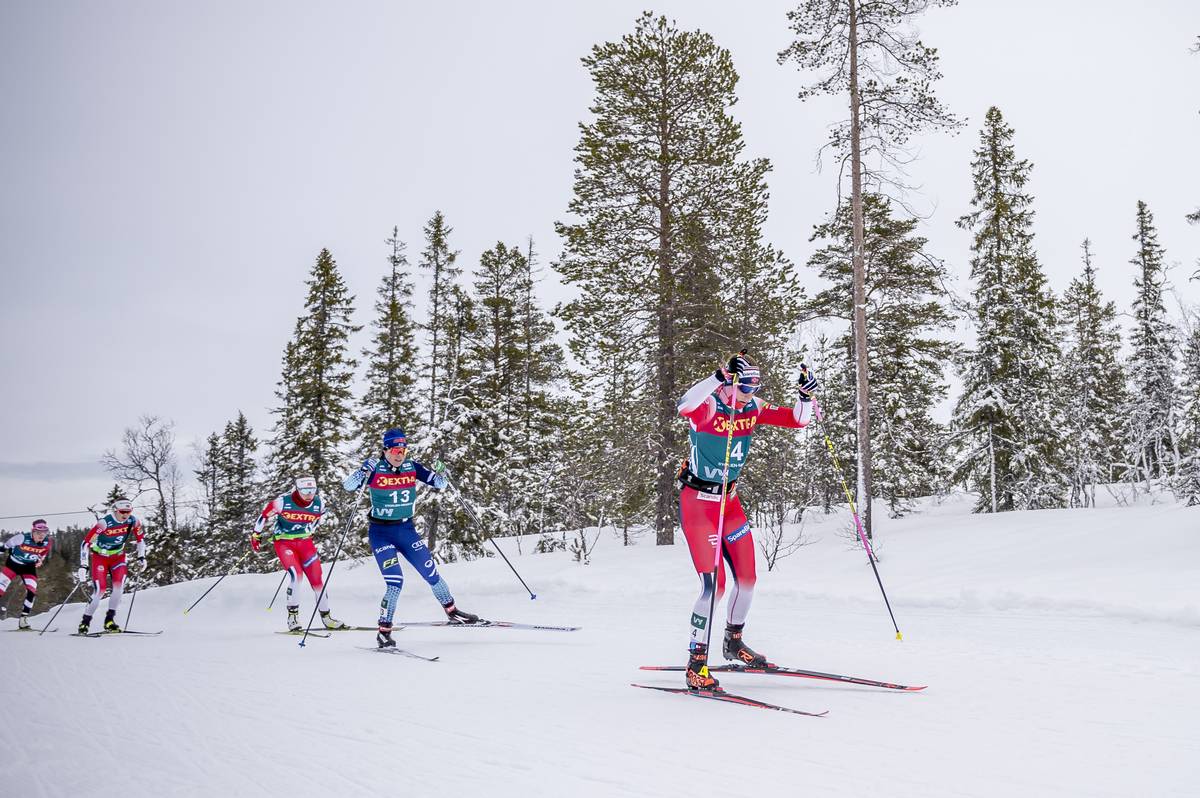
Since 22nd February 2007 – at the young age of twenty – Astrid Uhrenholdt Jacobsen shocked the cross-country skiing world. From that first gold medal in the classic sprint at the World Ski Championships in Sapporo, many have followed this athlete who has balanced academic life with elite level sport.
In Japan, Astrid Jacobsen began to show the world her fluid and powerful classic technique that accompanied her throughout her storied career until her last unfortunate race at the Holmenkollen 30 k classic where she struggled with skis. The year prior, in the same event, Jacobsen skied to sixth overall on her home course. It was not the career ending anyone would have hoped for.

At the Olympic Winter Games 2018 in PyeongChang, Jacobsen raced to a well deserved gold medal with her Norwegian teammates in the 4 x 5 k relay. During seven World Championships, she collected a total of ten medals. In 258 World Cup starts, she notched 43 podiums including six individual victories. The last pearl was achieved in Val di Fiemme’s 10 k mass start classic during her final Tour de Ski. These are all stout achievements considering Jacobsen faced strong dominating athletes in their primes such as Marit Bjørgen, Justyna Kowalczyk, and Therese Johaug.
With her retirement from competitive sport this year, Jacobsen continues with her ongoing medical studies. With her final medical exams concluding in the middle of 2021, the Norwegian will have transformed herself from an elite skier to Doctor Jacobsen.
The following interview offers Jacbosen an opportunity to reflect on her career — a career that was shaken by a mountain bike accident in 2009 and the sudden passing of her brother at the start of the Olympic Winter Games in 2014.
That is my favourite thing about skiing, when it makes you flow on snow. That’s why I used so much time trying to improve my technique — to try to reach perfection. When you develop this flow, you can harness speed too.
Jacbosen met with journalist Paolo Romanò in the company of her trusty little dog on a sunny afternoon in Holmenkollen. She looked back on a career that ended six months ago on the same spot. Romanò asked the name of her dog and reports the following from Jacobsen: “He [name] is Dovre, like the Norwegian mountain range. He is very tame for a hunting dog but lately, he is hunting only bees, rather than small prey.”
***
Paolo Romanò: The whole world discovered a young Astrid Jacobsen during Sapporo 2007 World Championships. But what are your best memories before that golden sprint? In junior races or during your school years.
Astrid Uhrenholdt Jacobsen: In Heming IL, my home club here in Oslo, we had many strong skiers when I was a teenager and I remember the Junior Norwegian Nationals in 2004 when the podium was swept by athletes from our ski club. I remember very well that race because my entire training group was from this small area in Oslo and it has been really weird that we beat all the other girls coming from all around Norway. And at the Nationals Champs here in Norway there are always a lot of skiers.
But I remember also my first time I raced Senior Nationals in January 2005 in Lillehammer in which I was second behind Marit Bjørgen. That sprint classical race was my first FIS competition. In qualification, I started last because my ranking was bad, but I was able to finish in third. In the final only Marit was able to beat me.
That race was the last trial for the Oberstdorf World Championships but the Norwegian Federation said that I was just a kid and too young to compete at the senior level internationally. And the same thing happened the year after when I finished third at the Nationals but again they said that I was too young for getting a spot for the Torino Olympics. With that generation’s of coaches, you had to be in senior age to compete in international competition but then things changed with Therese Johaug, Marthe Kristoffersen and Ingvild Østberg or looking at our current period with Helene Marie Fossesholm.
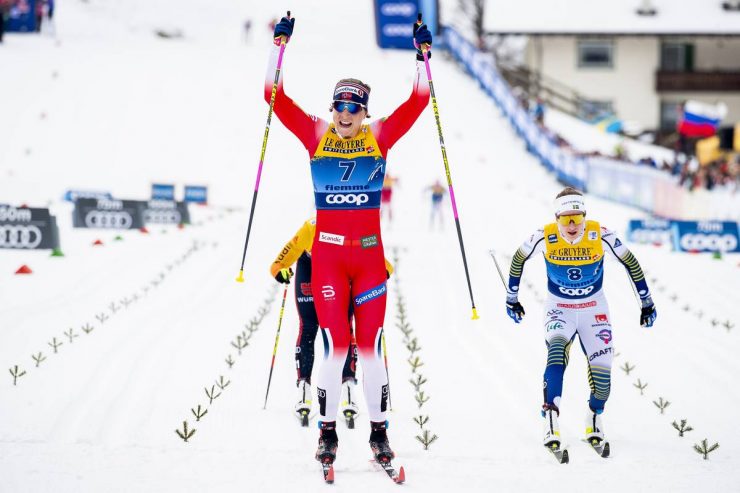
Paolo Romanò: During your career, you won many medals during World Championships [10] but only one at the Olympics? Are there any particular reasons for that?
Astrid Uhrenholdt Jacobsen: About my first Olympic Games in Vancouver, I had a dramatic crash with my mountain bike the previous summer. Someone said that I wouldn’t race anymore, but getting the qualification for Vancouver has been one of the best performances in my career because on July 1st I had to wear a support-corset that I wore until the end of August because of the many fractures. Just being able to ski again that winter was a victory. I still can’t understand how I was able to ski as well as I did. Of course, I think without the crash things probably would have been different.
Sochi was a sum of multiple bad events that began with my brother’s tragedy. Then when the coach picked the team for the skiathlon I wasn’t selected. That was weird to me because I was consistently strong the whole season in that format. I think with the coach of that time we were not the best of friends.
When I raced the sprint it was emotional for me. But during the final, I broke my pole and finished fourth. For the 10 k classic and team relay we had bad skis. But in Sochi, I was in really good shape before starting those games. Sochi 2014, Falun WCH 2015, and Lahti WHC 2017 have been the events in which I had the best shape. When I left Sochi I was confident that I was the best athlete without a medal. I don’t have a good feeling about the Olympics because the same misfortune happened in Pyeongchang when I got the flu just before we started. Then I won gold in the relay but that wasn’t my best day, maybe they paid me back for the unlucky past.
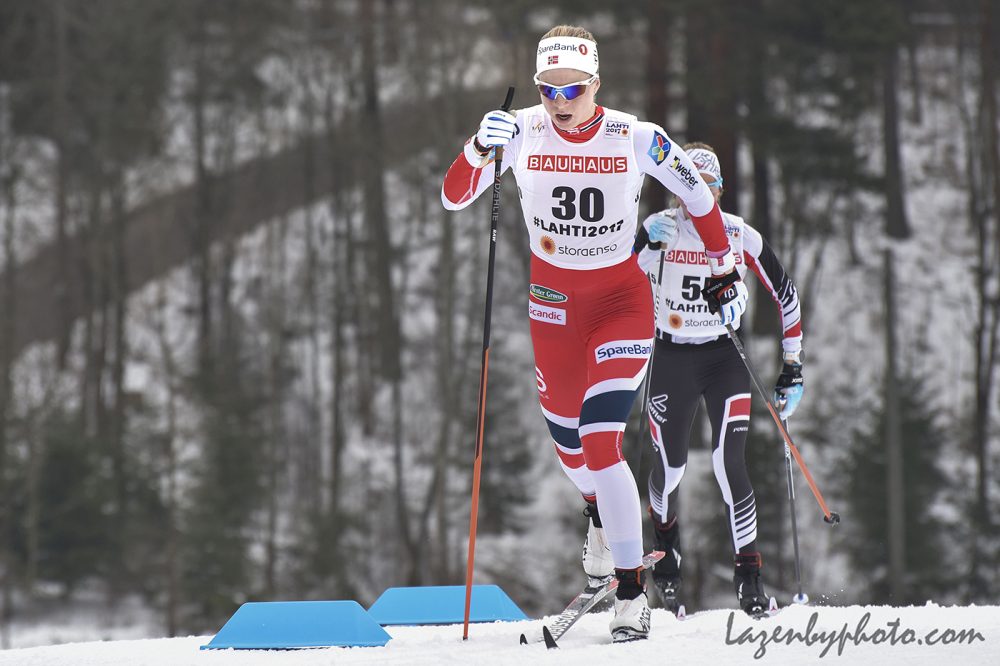
Paolo Romanò: Many ski analysts and commenters say that you have the best classic style in the last three or four decades. Did you work a lot to develop that harmonic and so poetic style?
Astrid Uhrenholdt Jacobsen: Yes, I worked a lot with my technique, and for me, it’s like dancing with skis. I love the feeling when you do the diagonal stride in a proper snow-covered track. Because now in modern cross-country, they ski like machines and I don’t really like it, okay maybe it’s fast or something like that. If we could return to tracks as they were in the past with the difference in height changing all the time instead of what we have now when practically all World Cup tracks have a hill, then a flat, and followed by a downhill. We need tracks in which it’s possible to follow the rhythm of your skiing to get the feeling of the terrain that must be always changing.
That is my favorite thing about skiing, when it makes you flow on snow. That’s why I used so much time trying to improve my technique — to try to reach perfection. When you develop this flow, you can harness speed too. I think I was always focused on the part of the sport which considers improving, working on technique, and doing things over and over to get this feeling of mastering it. That has probably been more important to me than just winning a race and that is why some people may say, ”Ok you ski beautifully but that didn’t make you win.” But it’s also a part of the sport to be able to master it.
Paolo Romanò: What has been the best race of your career? Or the race that gave you most satisfaction that affirmed: “That was my day !”
Astrid Uhrenholdt Jacobsen: I have two races in Falun that I remember very well. The first one was in 2008 in skiathlon that historically has been my least favorite race. But that day I could ski for the whole day long. We were all Norwegian girls in the top positions before the last lap, then on top of Mördanbakken, only me and Marit remained. And I remember that one of my coaches told me: “Astrid you can calm down now, you have another race tomorrow!” and I strangely watched him like I didn’t understand the reason. That was one of my strongest days, I felt in supershape there.
Maybe the race that means the most to me personally is another skiathlon in Falun during the 2015 World Championships. Because after the Sochi OG and what has happened to my brother, I compensated for that loss by dedicating my thoughts only to training during the summer because that was the only way to make me feel a bit Ok.
But all that work caused tiredness in my body — working from August till Christmas — and the rest of the team they thought “Ok, Astrid is out of the team, she will not come back this season.” Suddenly, I started skiing again and in one month I went from being a total disaster and someone that other people didn’t count to get a spot on the Norge squad for the World Championships despite the hard fight that is always present in our team selection, to a podium athlete. The first race in Falun was the skiathlon and winning a silver medal was a great victory for me considering the previous difficult year. That was a year in which I learned the most personally, Skiing was just not simply a sport anymore, it was more.
Paolo Romanò: Did you have any special rituals on race day?
Astrid Uhrenholdt Jacobsen: Not really. The only ritual I had if we can call it a ritual was the food that I could eat or not eat the day before a race – or doing little training the morning of a race if we competed in the afternoon. I think one of my strengths is that I knew what was important and what was not, and rituals weren’t because they are only rituals. So if something unplanned happened before the race, I loved that, some people always got stressed because of that, but for me, it was Ok even if they changed the format from classic to skating the evening before. I stayed calm. I always stayed calm. That was my best quality. So the more the stress, the better for me.
Paolo Romanò: What do you miss most about cross-country right now?
Astrid Uhrenholdt Jacobsen: I miss the girls, my teammates, coaches, and everyone working around cross-country. I miss the flexibility in the daily schedule we have — that is different from working. And I miss my best shape that now is not that good. Now I do my training when I get the motivation. While I don’t miss all the training camps abroad or doing two hard sessions a day or following a daily regime.
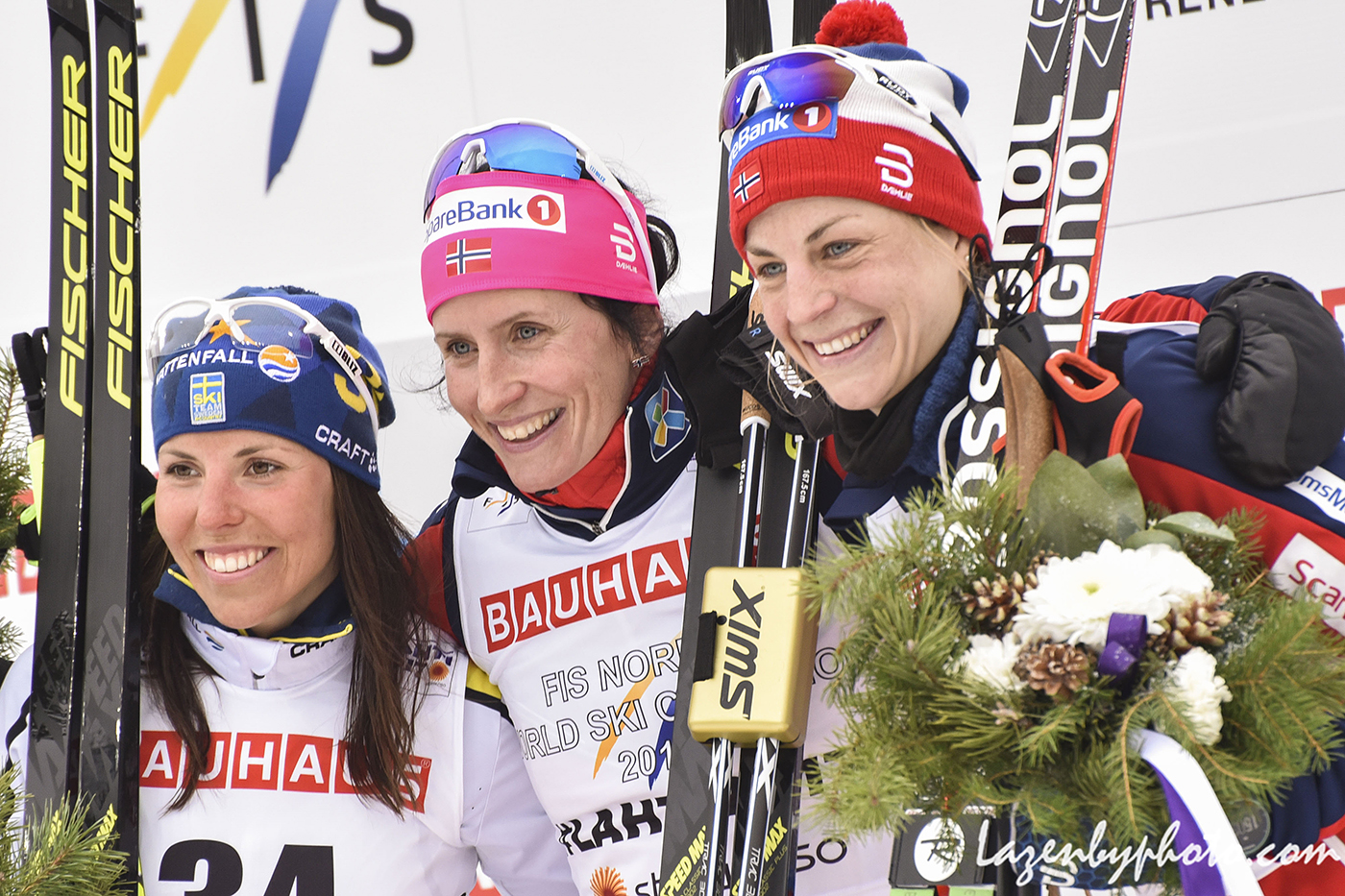
Paolo Romanò: How do you define yourself as a girl outside cross-country? What kind of character do you have?
Astrid Uhrenholdt Jacobsen: I like people, and I think I am quite good at taking different perspectives. I don’t always have my own perspective — I can see that there are two, three, four different ways to see things which makes it easier to understand other people and their perspectives. The other quality that I used in cross-country too is my calmness. I think I usually see the best in people. I am quite naive and I think people have good intentions until proved otherwise. I am a bit impatient and efficient, so I expect others to be the same and expect others to be doing their best which is probably annoying for others around me. I probably think the best in people, but I expect a lot from them.
Paolo Romanò: You have been studying medicine for the last six years. What are your perspectives in that field for the future?
Astrid Uhrenholdt Jacobsen: I have one year left then I am a doctor. Then I will do an internship that is like one and a half years, which is a position allocated to young doctors and then you start specializing. I am not really sure what direction I am going to head in, but this summer I am working in a female clinic where they follow everything from birth to postpartum in a gynecologist office. That has been interesting.
I am not sure what kind of specialization I want to choose, the only thing I know is that I want to choose a branch where there is the possibility of learning throughout your career. I want to specialize where you don’t start with something broad and then you specialize with something small like orthopedics. That’s not my kind of thing. I want to be a generalist, so maybe gynecology, maybe intensive medicine or trauma, or maybe a general doctor. We have a great health system in Norway. I am looking forward to working and being a part of our system. I really like that we have this social platform with the same treatment for everyone, it doesn’t matter if you are rich or poor. We have the same health system for everyone.
Paolo Romanò: Why is so difficult in the wintersports world to combine success in sport and university at the same time? Only a few athletes have done both in recent years?
Astrid Uhrenholdt Jacobsen: Regarding my personal case, I wouldn’t be working towards becoming a doctor if only the National team or my University allowed me to be flexible. They both had to be on board. I have had some years in which I had really strict programs. If you are on the National team you have to do this training camp, this race, this training in this specific place, etc. The same being a medical student, you have to do this exam, this course, this test, etc.
And all of them said to me: “we love if you do both sport and medical studies, that is a really good thing!” And I said, “it doesn’t matter if you love this if you don’t help me.” I never asked the University or National team to skip things, I just needed to arrange my schedule in advance because it’s not that easy to do both of them or to be in two places at the same time.
This is one of my goals for the future, to convince politicians to make it easier to combine sport and study. Because to a politician that can create losers in life. You can be excellent in sport but then you get too old and have no idea what you want to do in the future. They think that’s why some people become losers. In society, it’s better to create winners in life if we permit the combination of sport and school, or if we work to lift up athletes in their after-sport career. That’s better for society. This is one of the very few good things with the pandemic, it has forced universities to use more digital platforms, where it is possible to be located in different places but with a wide possibility to learn at the same time.
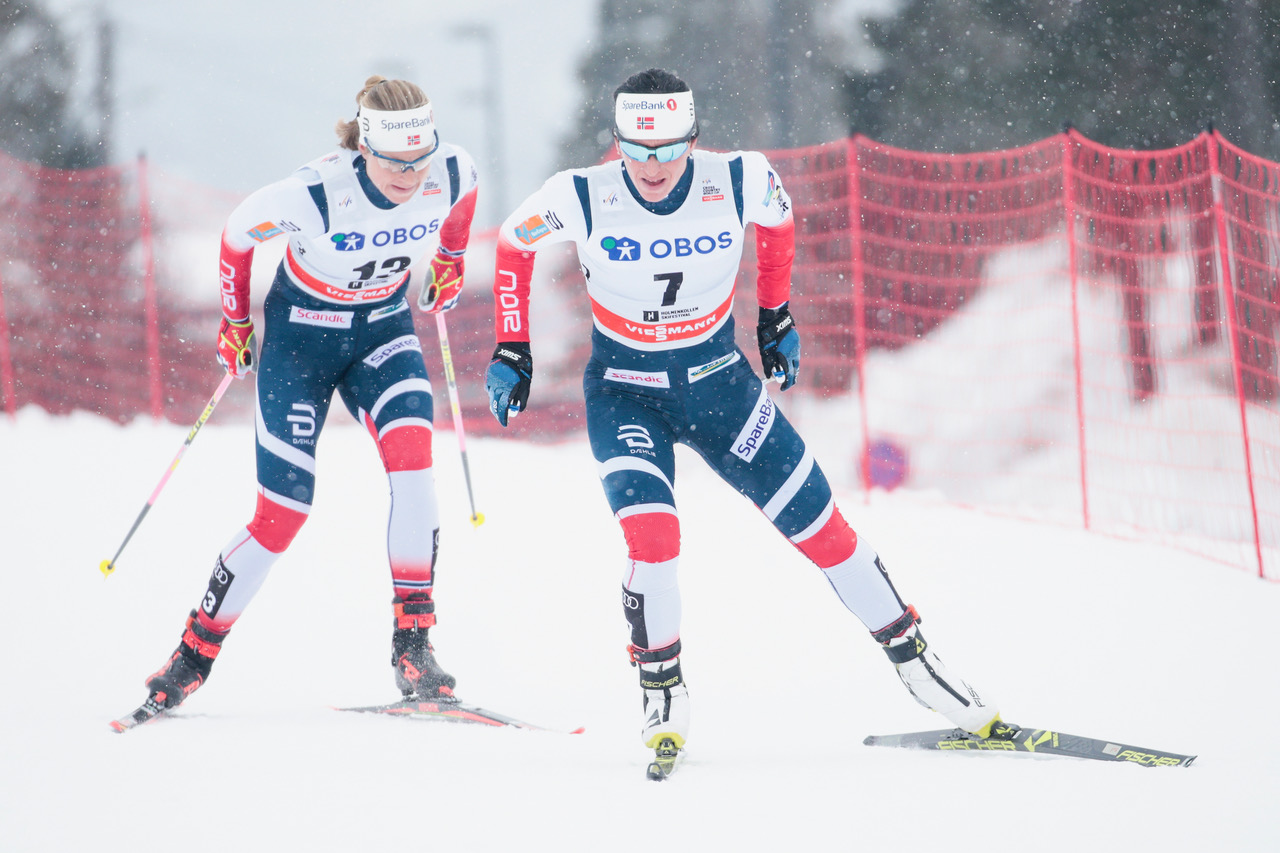
Paolo Romanò: Let’s imagine that you are the supreme boss of Cross-Country. What are you going to change? You could build your own calendar and develop new rules — what is your advice to bring back cross-country to its glory days?
Astrid Uhrenholdt Jacobsen: First I will cut the number of races. I will stop being politically correct and giving a race to this place and that. For example, now Slovenia and other countries need some races, everyone needs World Cup races. And every winter is not possible to ski here for training in Holmenkollen because they use constant artificial snow, and FIS requires twelve meters wide and 30 cm deep along the entire track for holding races. Then we go to other places and find stones or grass and inconsistent snow. So they should allow different places to have different rules. I would start with having fewer race weekends, starting stages on Friday in the evening with a sprint in prime time when people have finished working. And then distance races on Saturday and Sunday. And doing three weekends in a row and then a break. Other important ideas are using high quality and traditional locations, not always the same locations but those that have something important to offer. And if you fail once offering a bad show, then you are out of the World Cup.
Paolo Romanò: Are you saying follow the IBU program?
Astrid Uhrenholdt Jacobsen: Yes, sort of with the weekend break system. But I don’t like competing on Wednesday or Thursday. The World Cup calendar needs fewer weekends and less traveling. When Bente Skari won her last World Cup in 2003 she won 14 out of 17 World Cup races in which she started, in a total of twenty-one World Cup races in the program that year. That was 2003, less than twenty years ago, and now there are too many races.
Paolo Romanò: A survey revealed a certain loss in cross-country practice in Norway in favor of other sports between young generations. What are your thoughts about it and your suggestion to the Norway Ski Association to limit this loss of enthusiasm in future generations of kids?
Astrid Uhrenholdt Jacobsen: That’s probably because we recently had winters with less snow in the south of Norway. This could be an easy answer — the lack of snow in winter. Nice winters and nice tracks can attract more young generations to cross-country and having fun. But in Norway in the junior races, there are still more and more skiers. The loss of participation in under 14 could be temporary. Of course, one other reason is due to the cost of materials. Being active in youth races already requires too much equipment too early. This high cost causes a loss in recruiting kids.
Paolo Romanò: What is there on your future wish list?
Astrid Uhrenholdt Jacobsen: Good question! Maybe to have my own kids, (Ha ha). That would be the most obvious one. I don’t need too much. I’d like to have a job that I find interesting and stay healthy.

